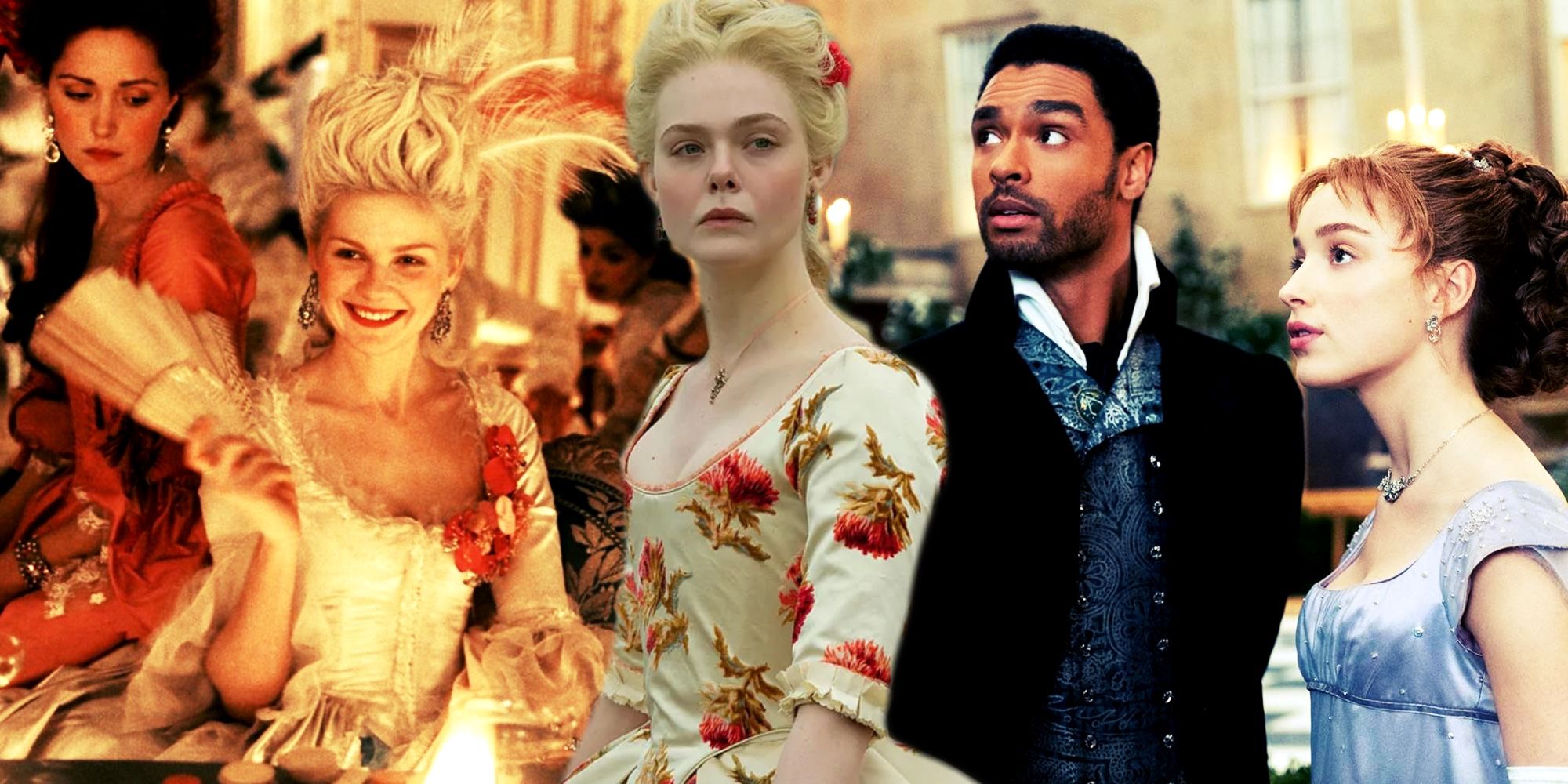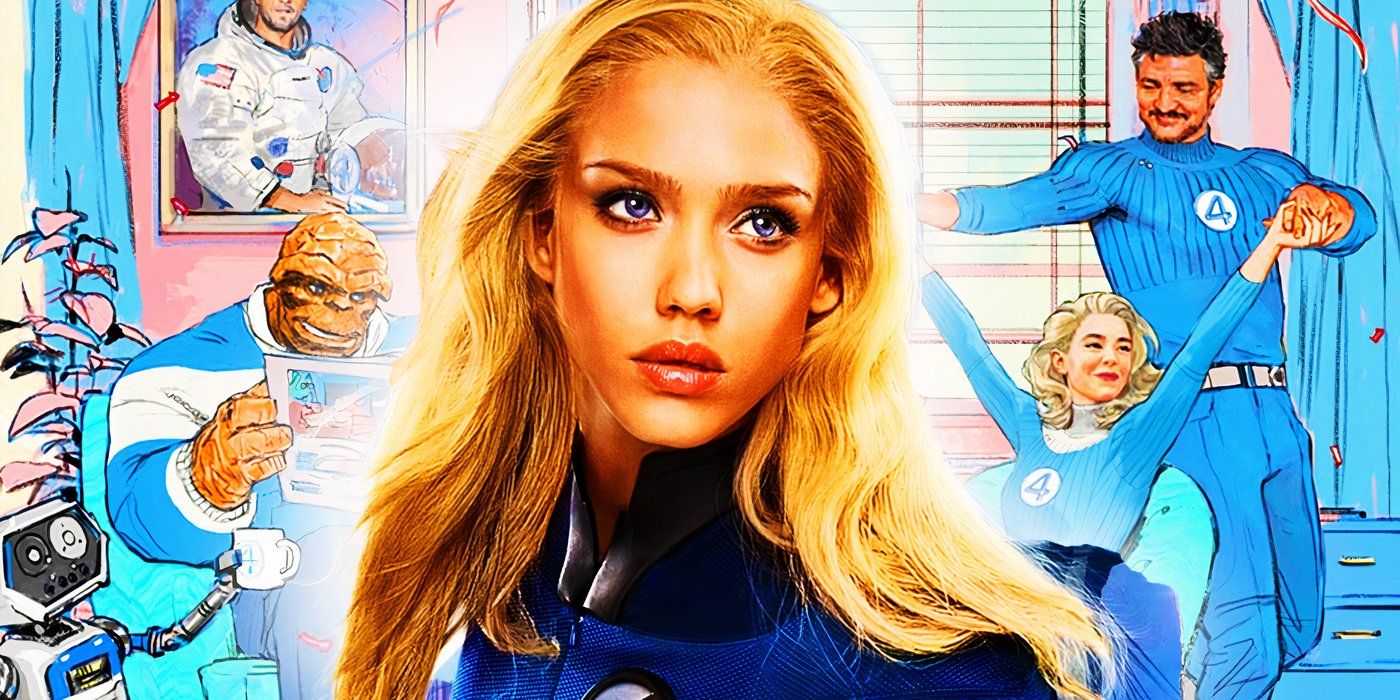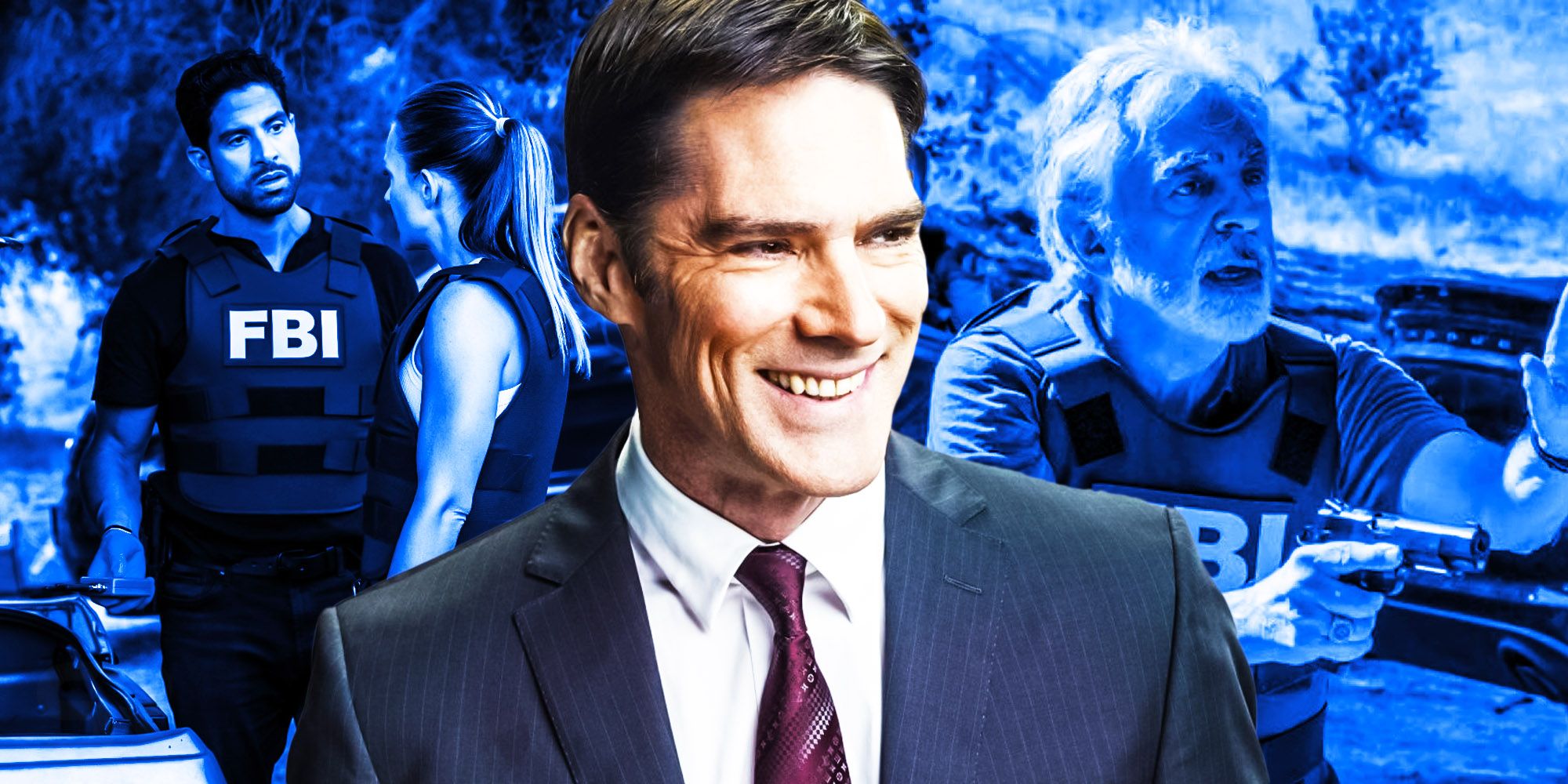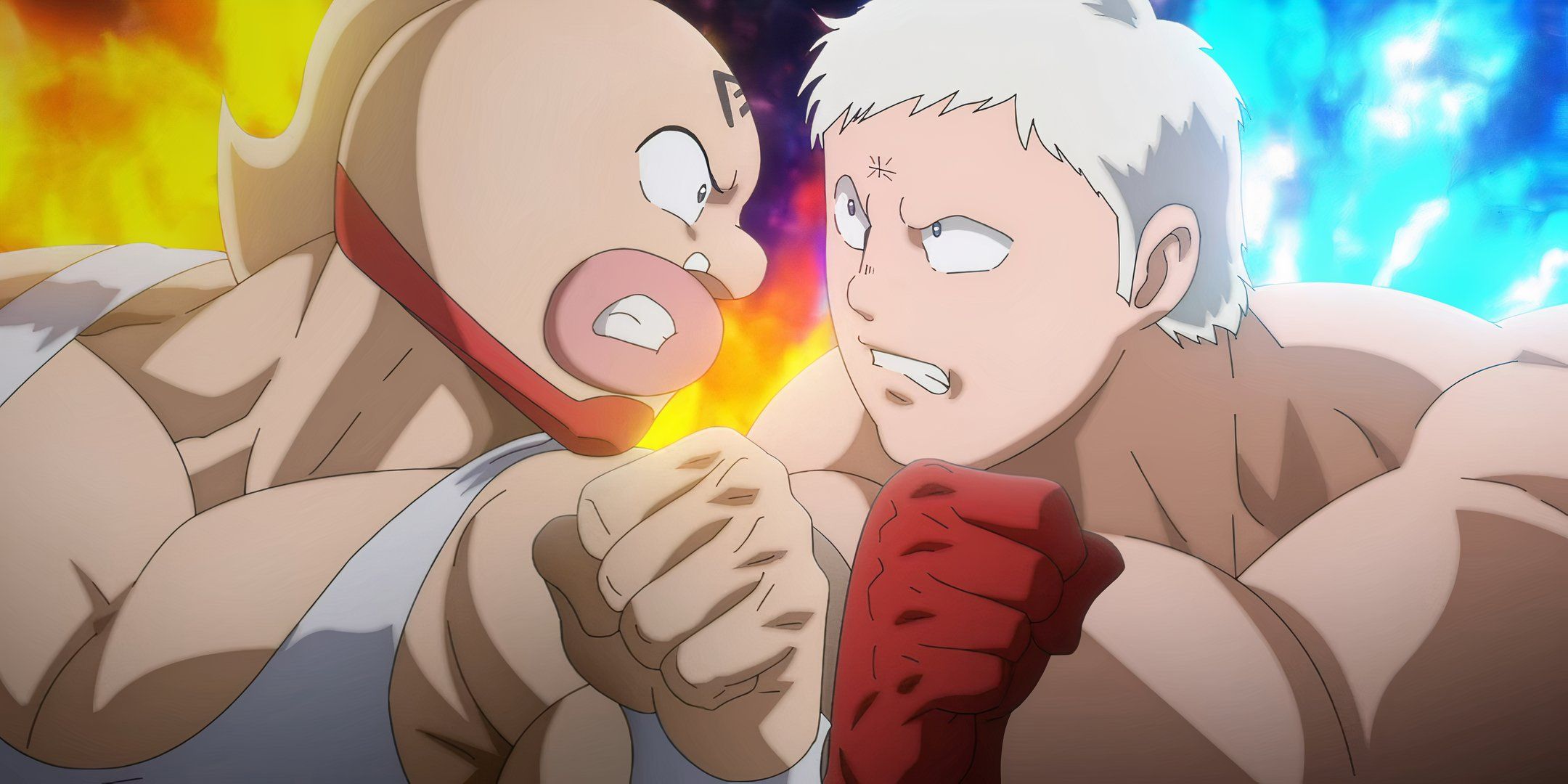It’s been 86 years since Disney‘s first princess movie, and a lot has changed regarding these heroines and their stories. Snow White and the Seven Dwarves revolutionized the movie industry, proving that animated movies worked as full-feature films. Then, decades later, the Disney Princess franchise was established, grouping these iconic characters together as a sort of family that young audiences could enjoy for years to come. Still, this isn’t to say that every Disney heroine is the same, and with every decade, the types of characters and stories these films included subtly (and sometimes not so subtly) shifted.
When Snow White was released in 1937, Walt Disney put his entire business on the line. The idea of a full-length feature film done entirely through cell animation was unheard of, and the $1.5 million budget meant that the film needed to be a massive success. Of course, things worked out in Disney’s favor, and though the legendary filmmaker couldn’t have known it, he had started a multi-billion dollar franchise. Over the years, Disney’s princess movies have shifted to involve a wider variety of heroines and fresh new stories, which means these films now look entirely different from 86 years ago.
10 The Original Disney Princess Movies Were More About Story Than Characters
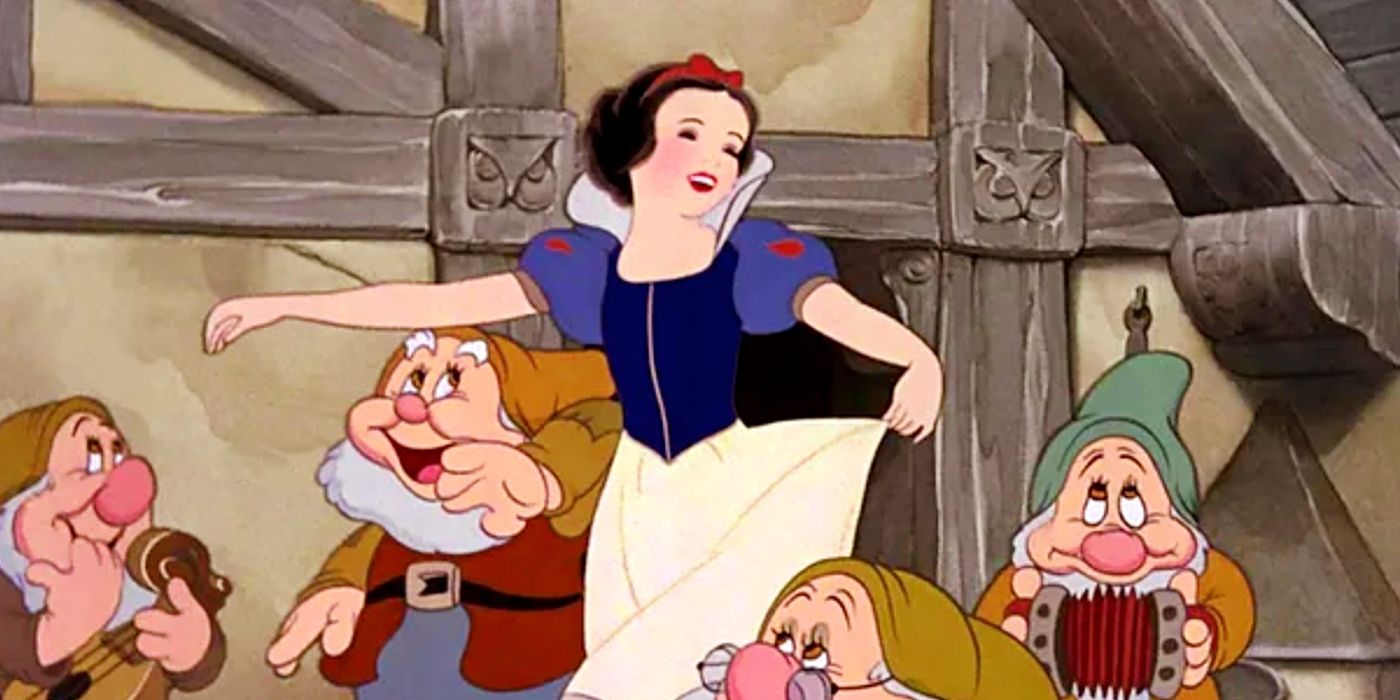
Original Disney Princess movies like Snow White were based on already-established fairytales and were far more story-focused. This means that individual characters weren’t developed as much as we are used to today. This isn’t to say there was anything wrong with these characters—audiences could interpret their behaviors and dreams and construct a somewhat solid hero. However, these Disney Princesses and their love interests lacked information such as age, interests, and faults, resulting in characters that feel one-note by today’s standards.
9 Early Princess Movies Had Easily Defined Morals & Themes
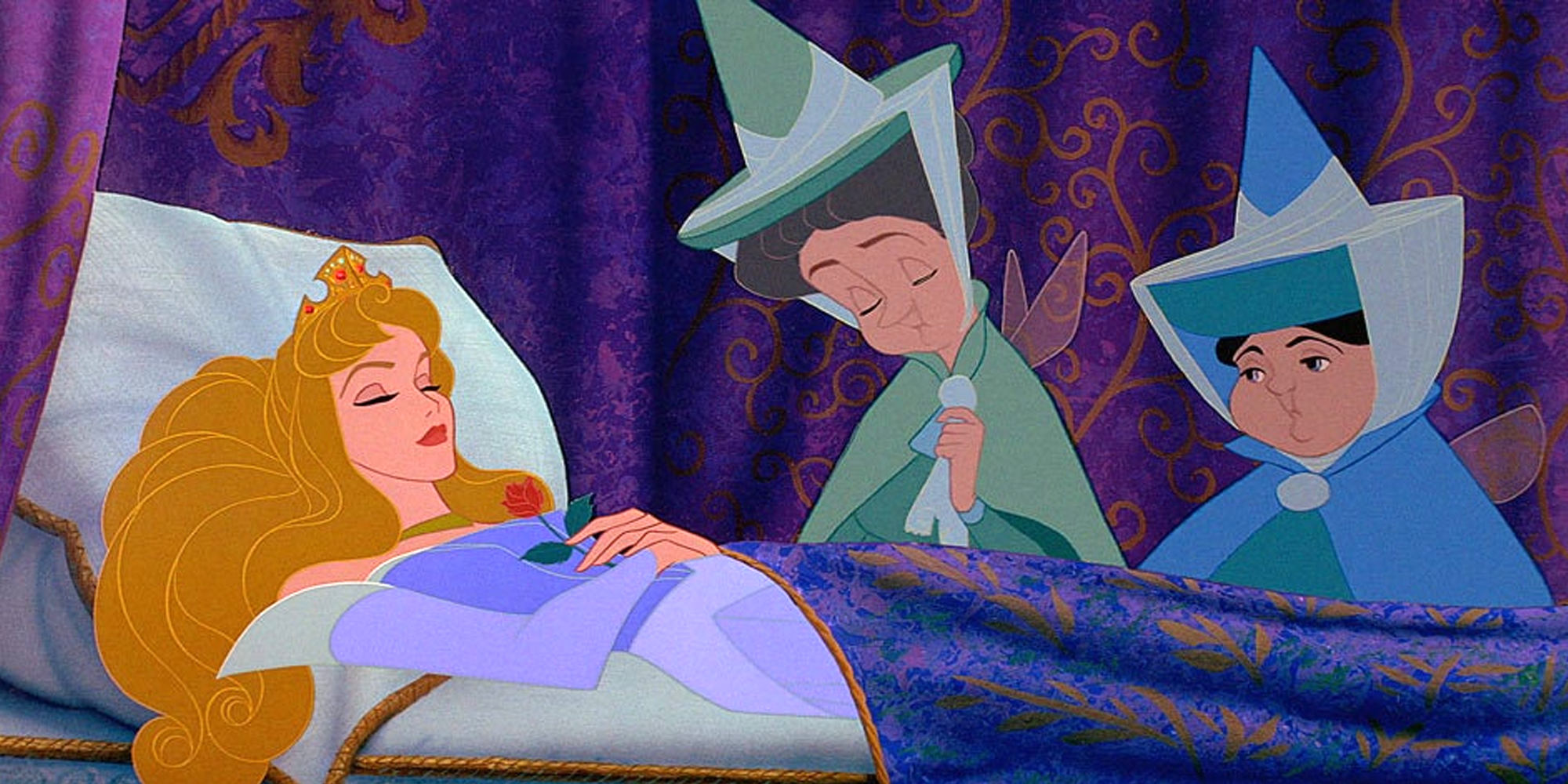
Disney’s movies are aimed at children’s audiences, so it makes sense that movies like Cinderella and Sleeping Beauty would have relatively simple themes. The stories were meant to teach children not to trust strangers and to believe in the power of their wishes and dreams. Today, Disney’s movies have begun to dive into far more complex ideas, such as generational trauma, emotional intelligence, and the difference between romantic and familial love.
8 The Disney Renaissance Introduced The Stubborn & Willful Princesses
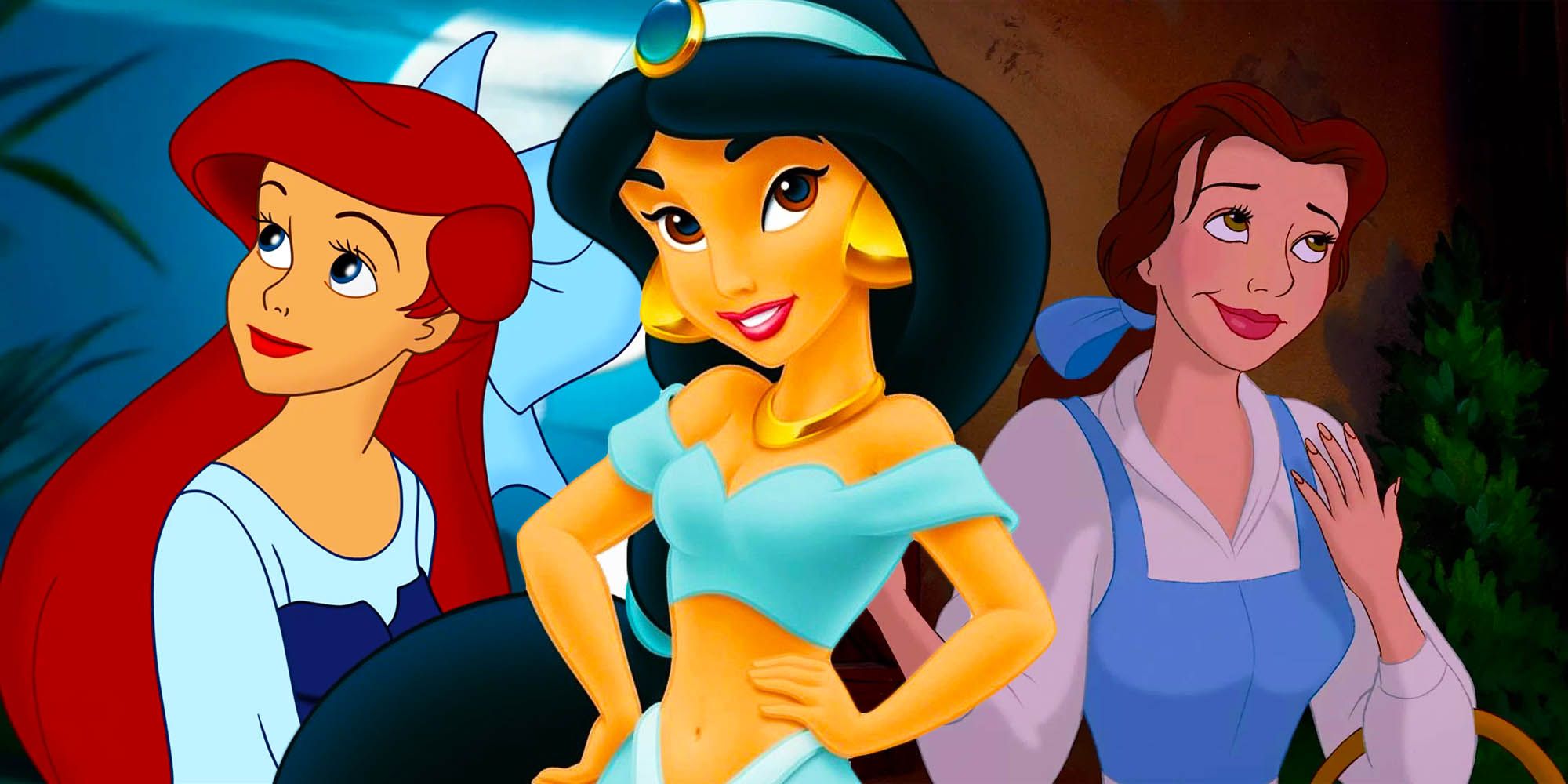
The 1980s and 1990s, known as Disney’s Renaissance period, introduced a new type of princess. Instead of characters who dreamed about their futures and wound up needing to be rescued, characters like Ariel from The Little Mermaid, Belle from Beauty and the Beast, and Jasmine from Aladdin had their own opinions, and they weren’t afraid to tell anyone who would listen all about them. They were frequently rebellious against their parents and stood out from the crowd for being “not like other girls.” This change greatly reflected the ever-developing feminist movement, and, based on the massive number of Disney successes, audiences were loving it.
7 1990s/2000s Princesses Had More Developed Romance Arcs
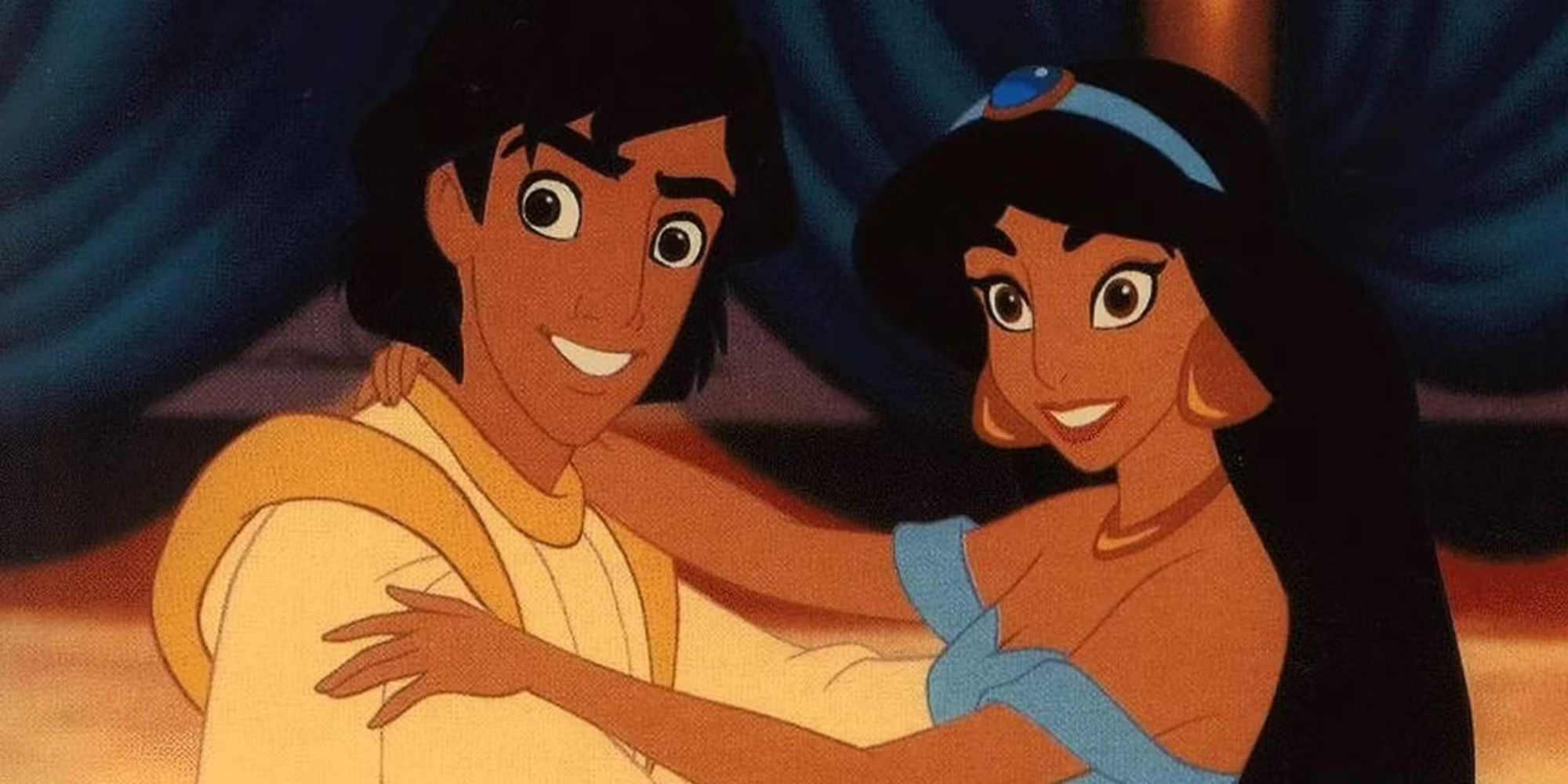
Audiences never learned much about the relationships between characters like Snow White and her Prince Charming or Aurora and Prince Phillip. The point of their respective stories was that they were deeply in love, and the magic of that connection created miracles within their stories. However, that was no longer enough for the princess movies of the ’90s and 2000s. With the introduction of the willful heroine came a girl who wasn’t so easy to win over, so chemistry was needed for audiences to actually buy that the pair were in love.
6 Disney’s Renaissance Princesses Had More Defined Goals & Aspirations
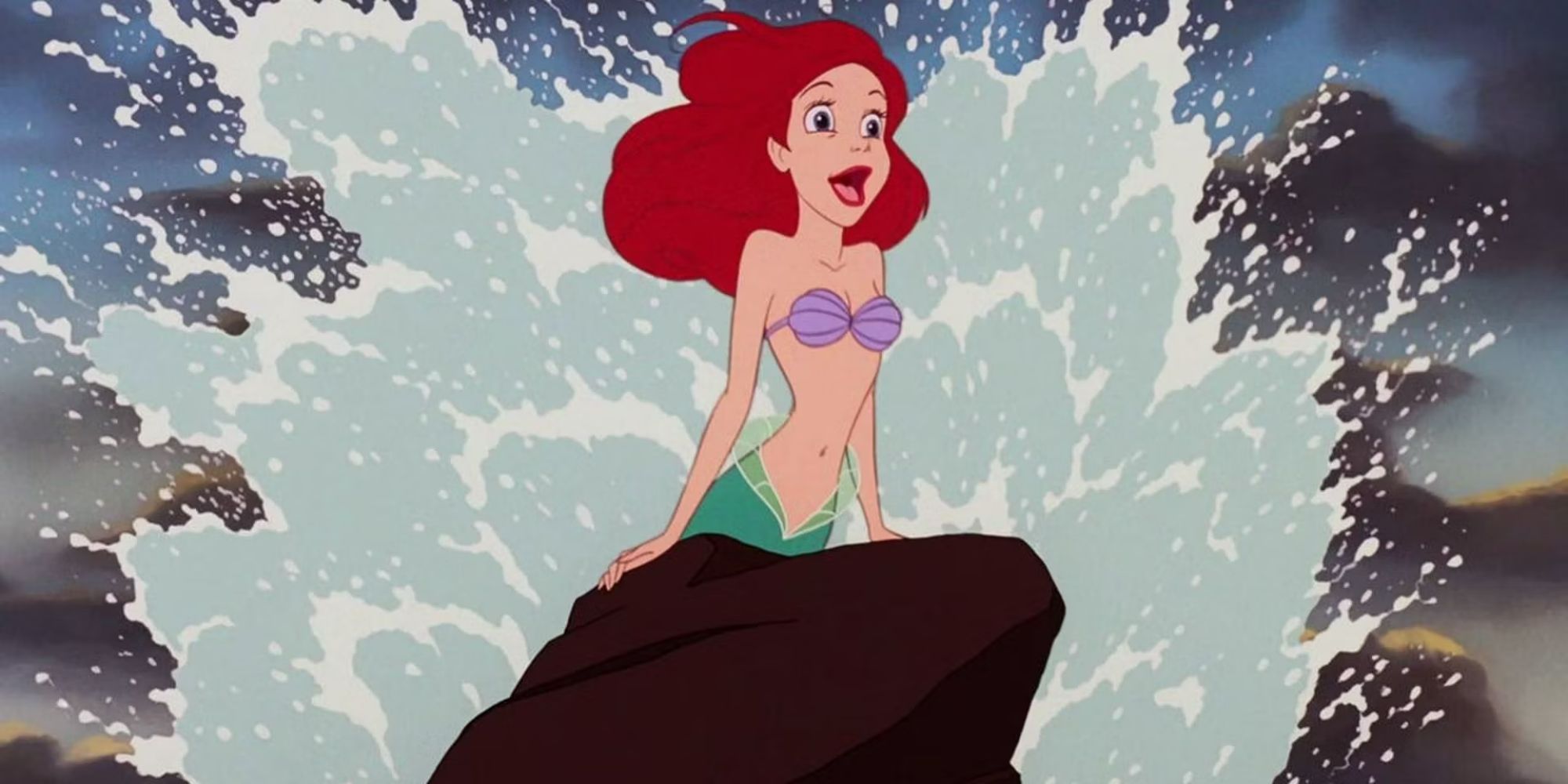
Disney Princesses have always been dreamers—that was the entire point of Snow White and Cinderella, after all—but the Renaissance-era princesses took this to a new level. Rather than broad, sweeping declarations of wanting more, these heroines knew precisely what they wanted. Ariel wanted to be a part of the human world in The Little Mermaid, Jasmine wanted to be free to live a normal life and pick her own husband in Aladdin, and the titular Mulan wished to save her father from being killed in battle. They each found love while they were at it, but romance wasn’t the entire point of their arc.
5 The 2010s Did Away With The Damsel In Distress Princess Trope
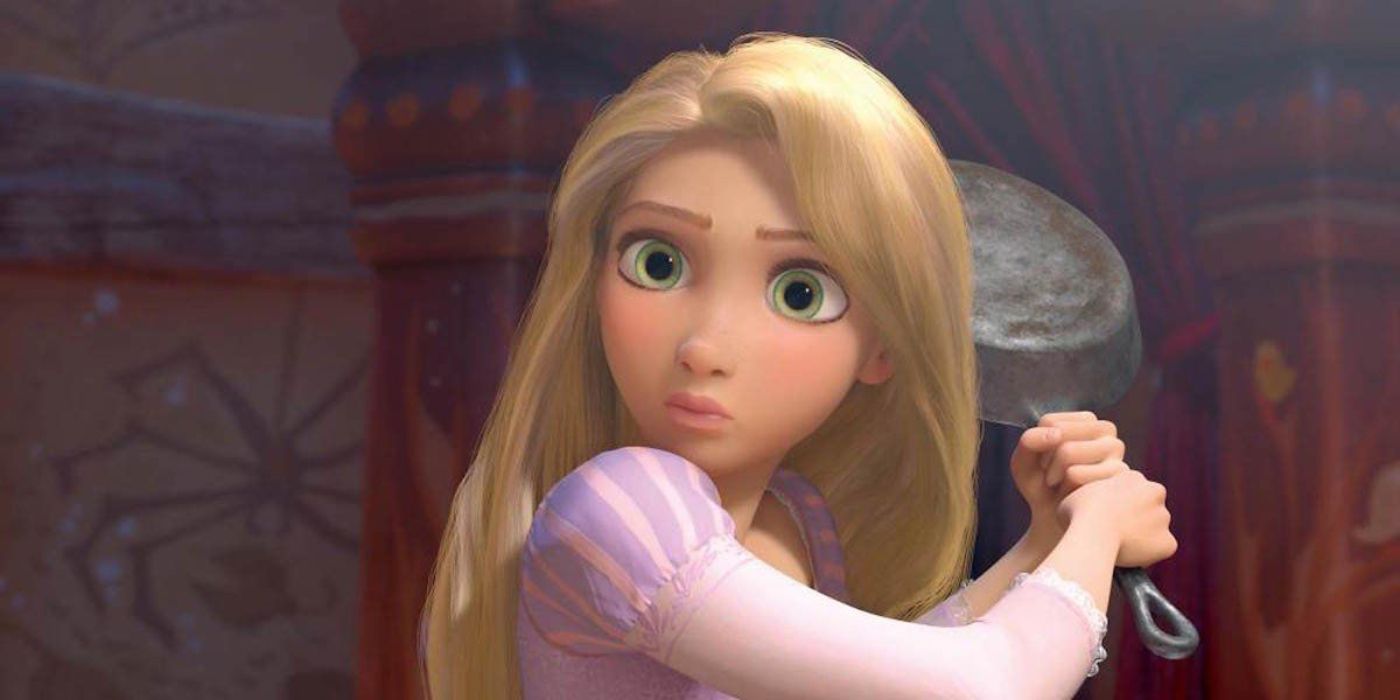
Disney’s princesses took another major shift in 2010 with the introduction of its first CGI-animated heroine. Tangled was the studio’s big return to classic fairytales. However, with the shift in expectations from the Disney Rennaisance, the House of Mouse couldn’t just go back to superficial stories about a damsel in distress falling in love. So, the classic story of Rapunzel was adjusted to make the damsel a hero instead. To drive this point home, the handsome “prince” who climbed Rapunzel’s tower wasn’t a prince at all and was instead a wanted thief who went along for the ride as the long-haired recluse achieved her dreams.
4 Modern Disney Princess Movies Focus On Internal Struggle (Rather Than A Villain)
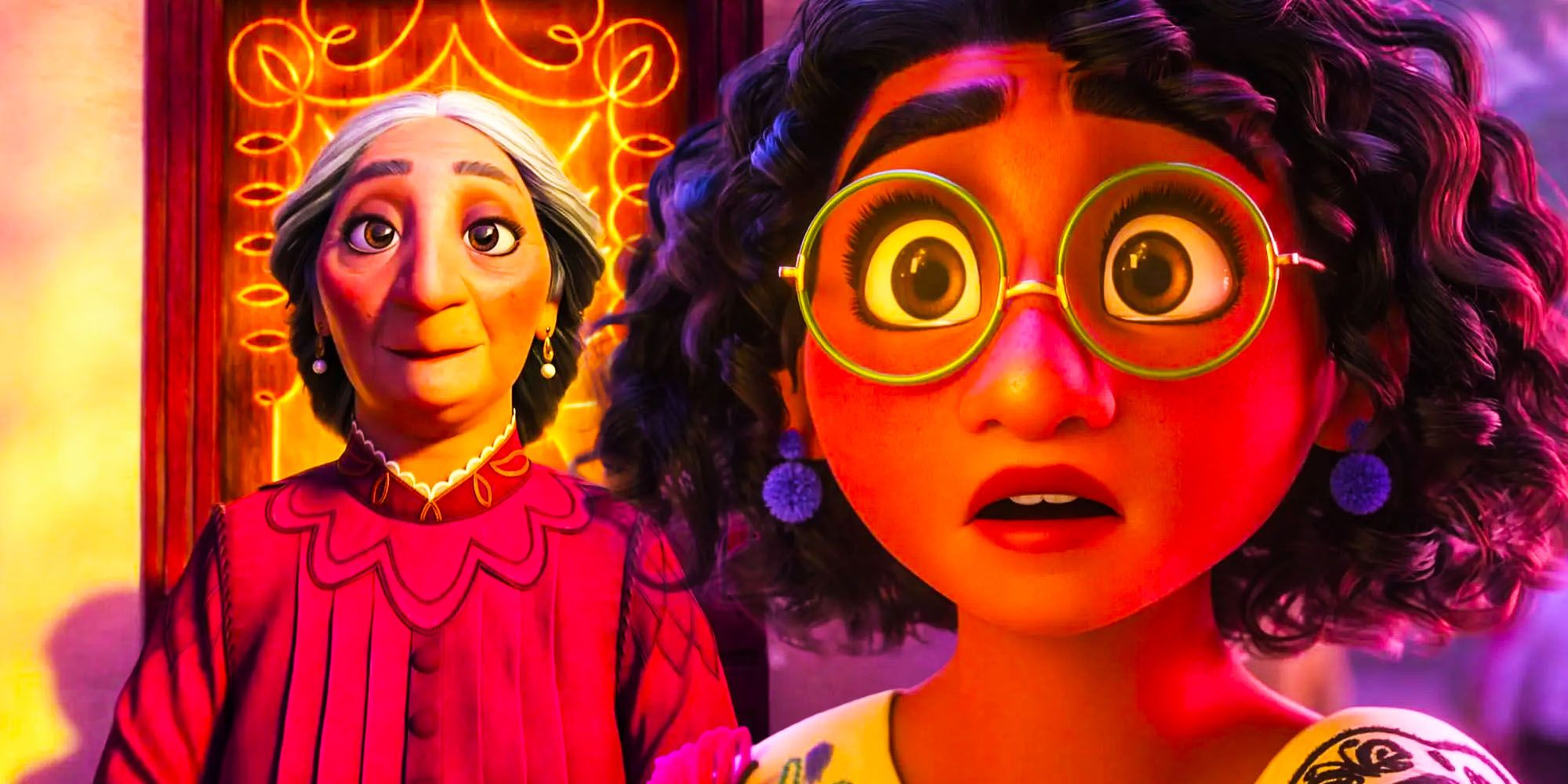
Modern Disney Princesses have begun to do away with the deliciously evil villains of the Rennaisance period, replacing them with non-traditional bad guys instead. Though Encanto isn’t exactly part of the franchise, Mirabel is the daughter of a powerful family that rules over a village, so she falls within the princess trope. However, rather than an evil stepmother or terrible witch standing in her way, it’s her loving grandmother who winds up being a problem, and she is ultimately redeemed in the end. Moana is another prime example of this change since Te Ka wound up being Te Fiti in the end—not a villain, just a misunderstood character with some internal struggles.
3 Recent Disney Princesses Are More Physically & Racially Diverse
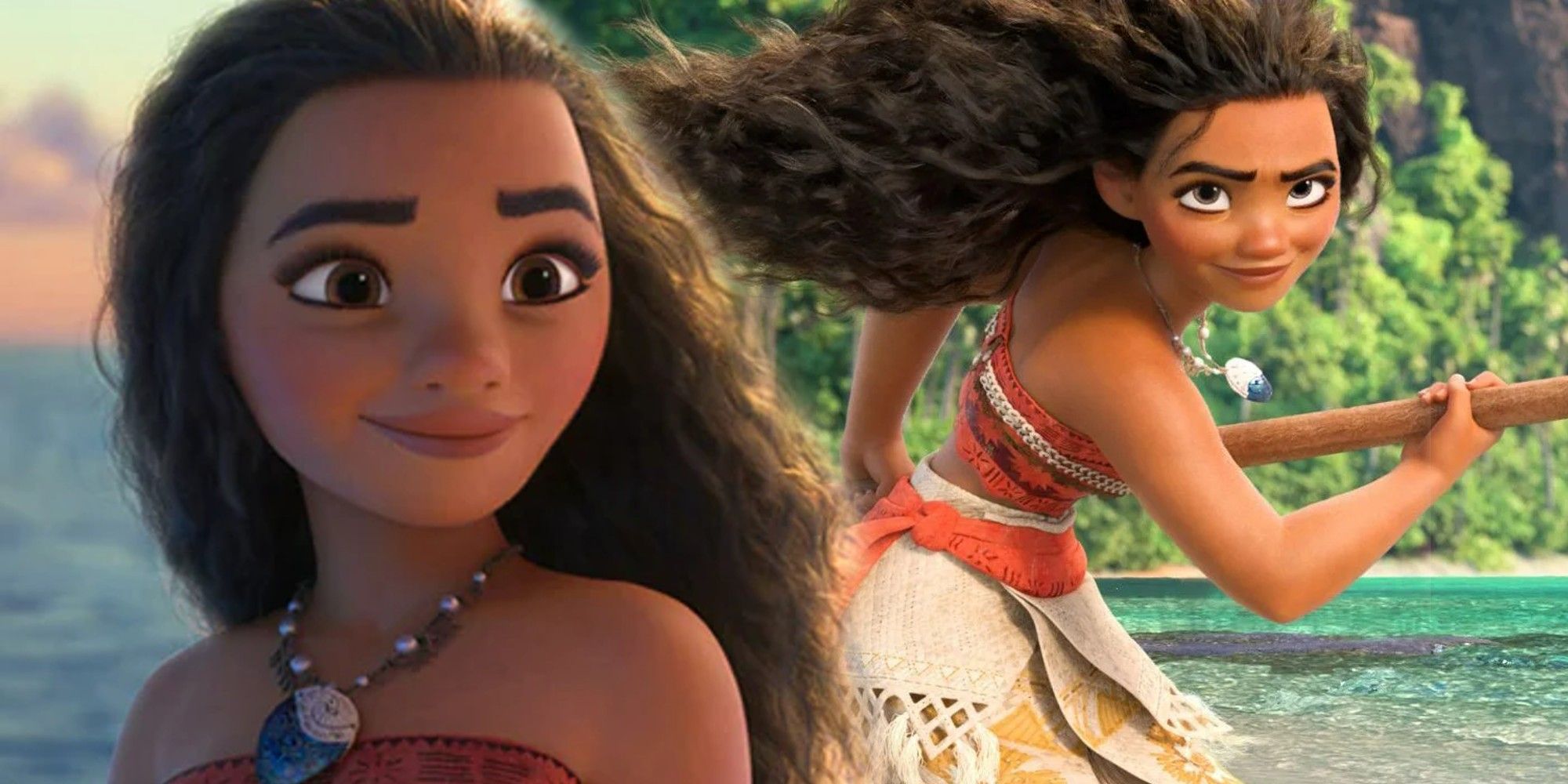
A definitively positive change within the Disney Princess franchise is the inclusion of more physically and racially diverse characters. The studio tried this during its Renaissance period, introducing Mulan, Pocahontas, and Aladdin as a way of stepping outside European fairytales. However, these films were made without the input of people who belonged to those respective cultures. Today, Disney turns to people of various cultures and ethnicities to construct their films. Also, rather than a dozen heroines of a single body type, a large variety of shapes and physical abilities are included.
2 Romance Is No Longer A Consistent Focus Of The Disney Princess Movies
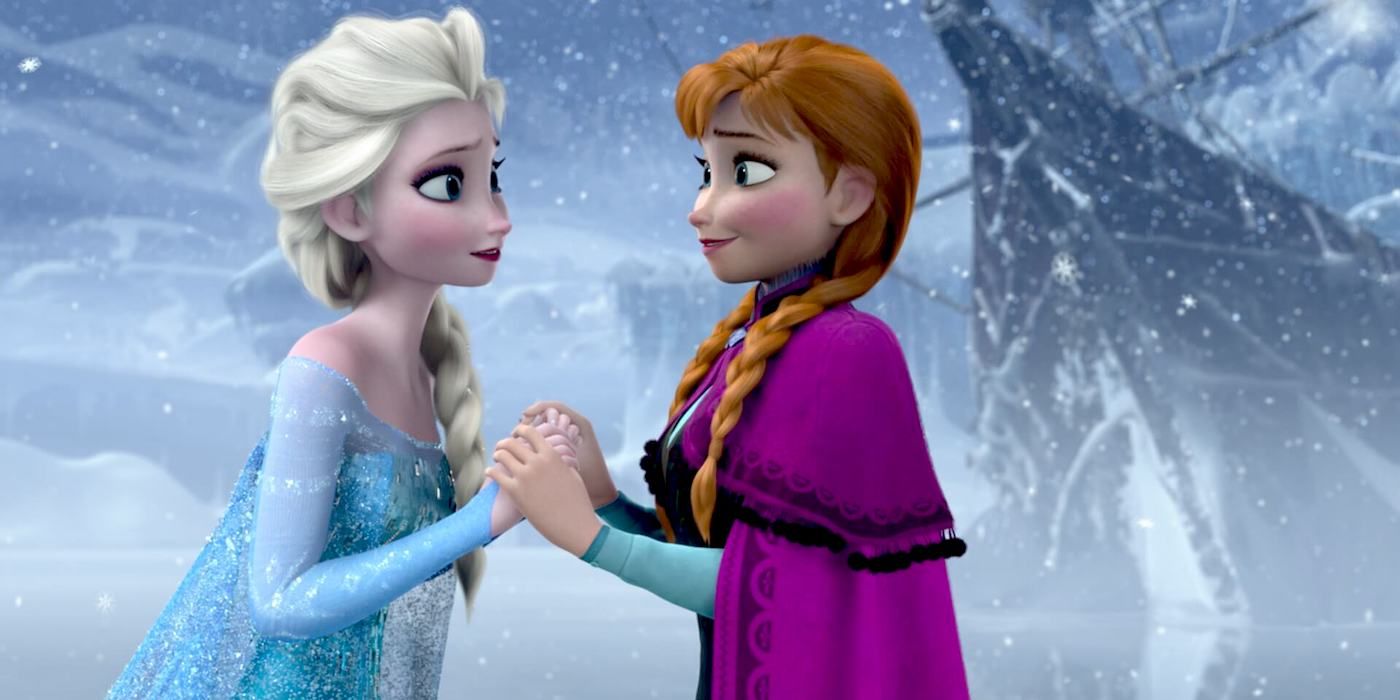
The 2013 film Frozen saw another radical twist for Disney’s Princesses, and the film was so popular that it wound up classified as its own separate franchise instead. Still, since Anna and Elsa started the movie as princesses, they were expected to fall within the same tropes and character archetypes as their Disney predecessors. Ultimately, the House of Mouse used this expectation against audiences and flipped the bill at the end by having an “act of true love” come from a sister rather than a love interest. From then on out, it was no longer necessary for Disney’s heroines to fall in love.
1 “Perfect” Disney Princesses Have Been Replaced With “Adorkable” Heroines
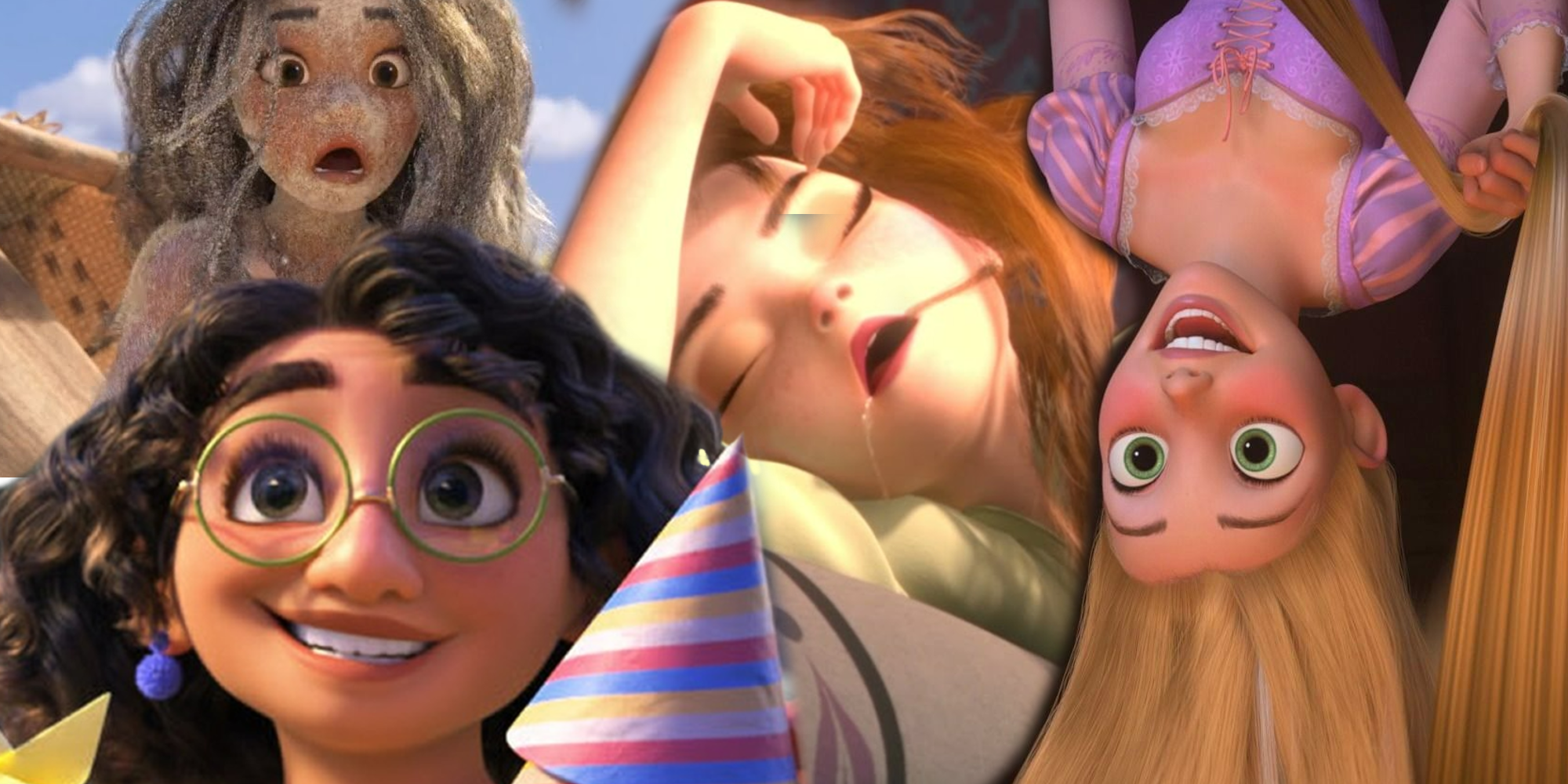
Among Disney’s more controversial changes to the Disney Princess franchise is the introduction of the “adorkable” princess. This started with Tangled‘s Rapunzel and has continued to dominate the studio’s films all the way through their most recent Princess movie, Wish. The heroines of these films have a significant quality in common—their entire personalities. Rapunzel was silly, clumsy, quirky, and awkward, and this has continued through characters like Anna, Moana, Mirabel, and finally, Asha from Wish. The goal here is to make characters more relatable for young audiences, teaching them that it’s okay to be themselves rather than a perfect princess.
Like many other changes and newly established character tropes of the Disney Princess franchise, the adorkable heroine trend has been criticized by audiences. However, the success of movies like Moana and Frozen proves that these characters have struck the right chord. Of course, if the last 86 years have proven anything, this character archetype will eventually make way for a new change to the franchise, and Disney‘s Princesses will continue to evolve in the coming decades.
